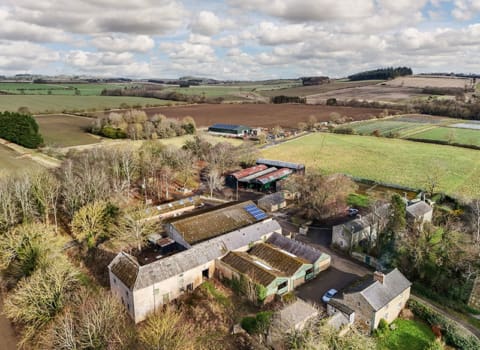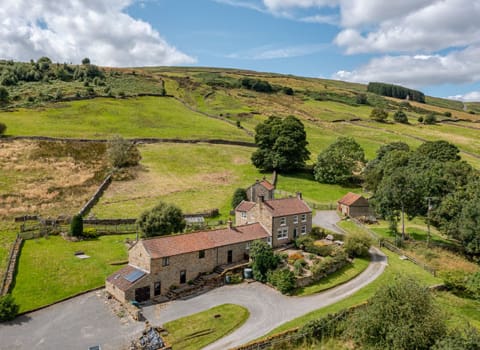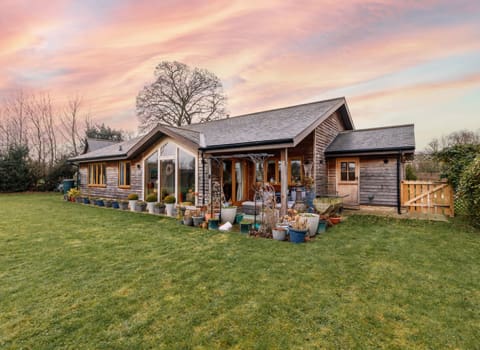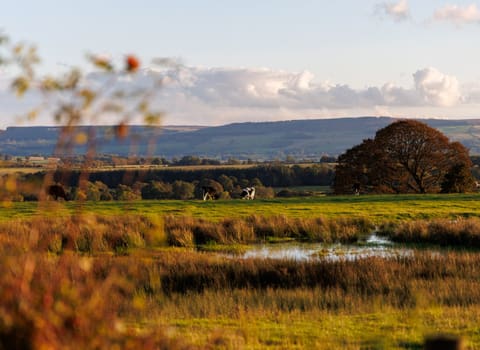Contact our offices
Main office
COLBURN
5 & 6 BAILEY COURT
COLBURN BUSINESS PARK
RICHMOND
NORTH YORKSHIRE
DL9 4QL
Estate Agency Offices are located in
BARNARD CASTLE, BOROUGHBRIDGE & RICHMOND
Residential Management Team
Our Offices
- Alnwick
01665 568310
Email Officealnwick@gscgrays.co.uk - Barnard Castle
01833 637000
Email Officebarnardcastle@gscgrays.co.uk - Boroughbridge
01423 590500
Email Officeboroughbridge@gscgrays.co.uk - Chester-Le-Street
0191 3039540
Email Officechester-le-street@gscgrays.co.uk - Colburn
01748 897630
Email Officecolburn@gscgrays.co.uk - Driffield
01377 337180
Email Officedriffield@gscgrays.co.uk - Hamsterley
01388 487000
Email Officehamsterley@gscgrays.co.uk - Hexham
01434 611565
Email Officehexham@gscgrays.co.uk - Kirkby Lonsdale
01524 880320
Email Officekirkbylonsdale@gscgrays.co.uk - Penrith
01768 597005
Email Officepenrith@gscgrays.co.uk
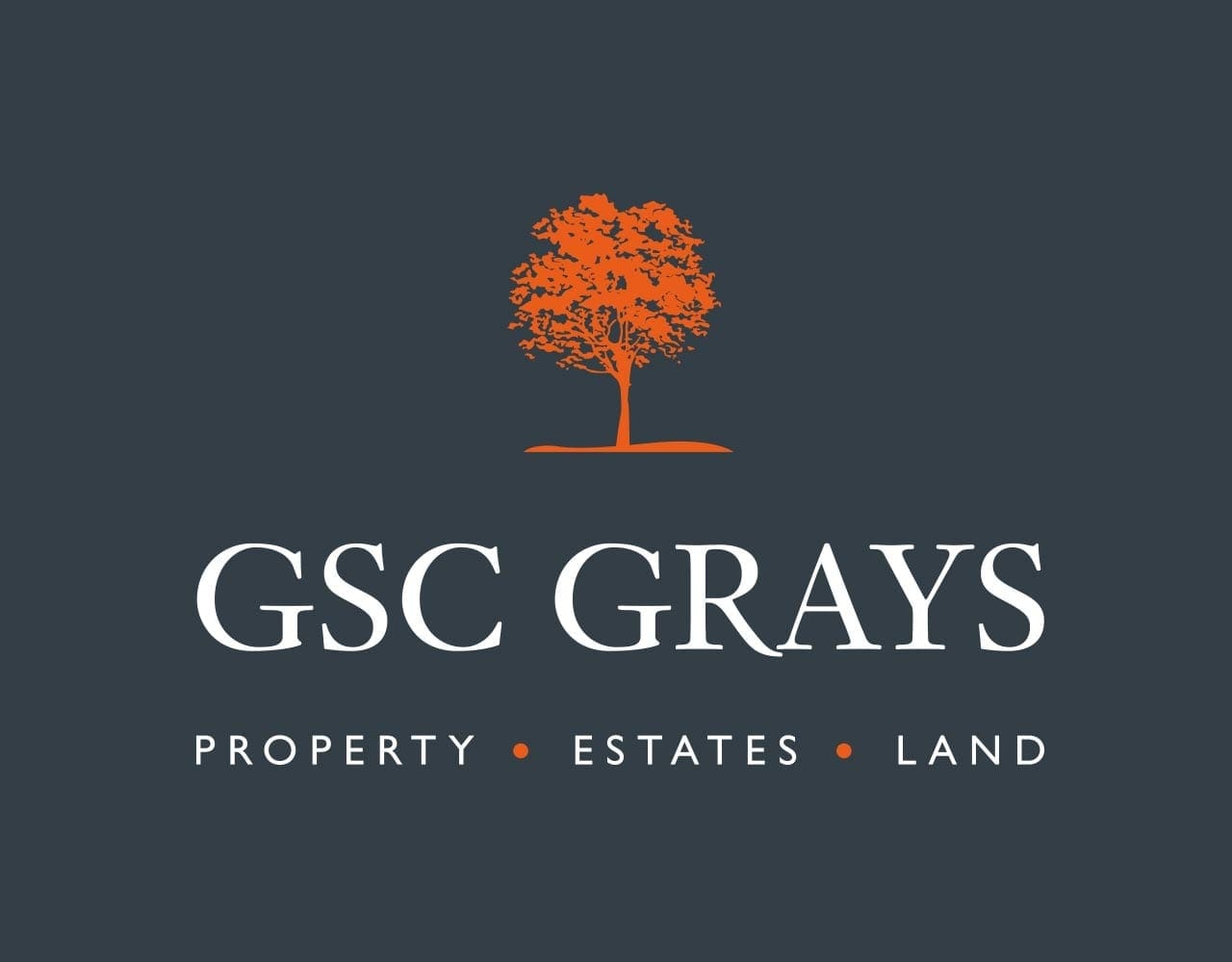
Revisions to Class Q Permitted Development Rights for Conversion of Agricultural Buildings to Residential Use
The Government published its draft revisions to the National Planning Policy Framework (NPPF) on the 5th March 2018 following the Housing White Paper (HWP) in 2017 and represents the most significant change to planning policy since NPPF was introduced in 2012. This was swiftly followed by the Ministry for Housing, Communities and Local Government (MHCLG) issuing a statement on the 12th March advocating that rural communities will be given more options to convert agricultural buildings into family homes to meet local housing needs. Housing Minister Dominic Raab said “we need to be more creative if we are to meet the housing needs of rural communities. That’s why I’m changing the planning rules so rural communities have more flexibility on how best to use existing buildings to deliver more much needed homes for families. This is part of our comprehensive reform programme to build the homes Britain needs”.
Class Q of the General Permitted Development Order was originally introduced in 2014 and allowed the conversion of agricultural buildings up to 3 dwellings on an agricultural unit if the total floor space did not exceed 450 sqm /4,843 sqft. The new regulations which will come into effect from the 6th April 2018 and have marginally increased the floor area threshold to 465 sqm / 5,005 sqft for 3 larger dwellings. The regulations also allow for the development of up to 5 smaller dwellings with a total floor space of 100 sqm /1,076 sqft each. The provisions can be combined to deliver up to 5 dwellings per agricultural unit subject to the individual floor space limitations although no more than 3 dwellings may be larger dwellings.
Unfortunately there has been considerable variance and inconsistency between Local Authorities as to the interpretation and implementation of the regulations since they were introduced in 2014 particularly with regards to the extent of the works that are allowed to convert an agricultural building to residential use. Structural works and whether they are permitted have been a particular “bone of contention” along with whether the building is structurally sound. Sustainability and location have also been used to refuse applications which is rather ironic given that most agricultural buildings/barns by their very nature are rural and in open countryside. Government statistics indicate that only 42% of previous Class Q applications have actually been approved. The new regulations do provide some clarity with internal works not being controlled by Class Q regulations, which should provide some assistance to applicants in securing approval.
All other aspects of the regulations remain the same including Class Q provisions not being available in the National Parks or Areas of Outstanding Natural Beauty (AONBs) and the external dimensions of the original building not being exceeded by the conversion.
Hopefully Local Authorities will take on board Central Government guidance and be more pragmatic about barn conversions and the meaningful contribution they can provide to the rural economy and housing although the fact such developments are not subject to Community Infrastructure Levies or Section 106 payments will no doubt remain an issue with some authorities.
Whilst the new regulations will potentially enhance the prospects of securing approval we would recommend applicants secure professional advice and assistance to optimize their chances of success.
Article by Ashley Dodgson, Senior Surveyors, GSC Grays.
For further information please contact:


